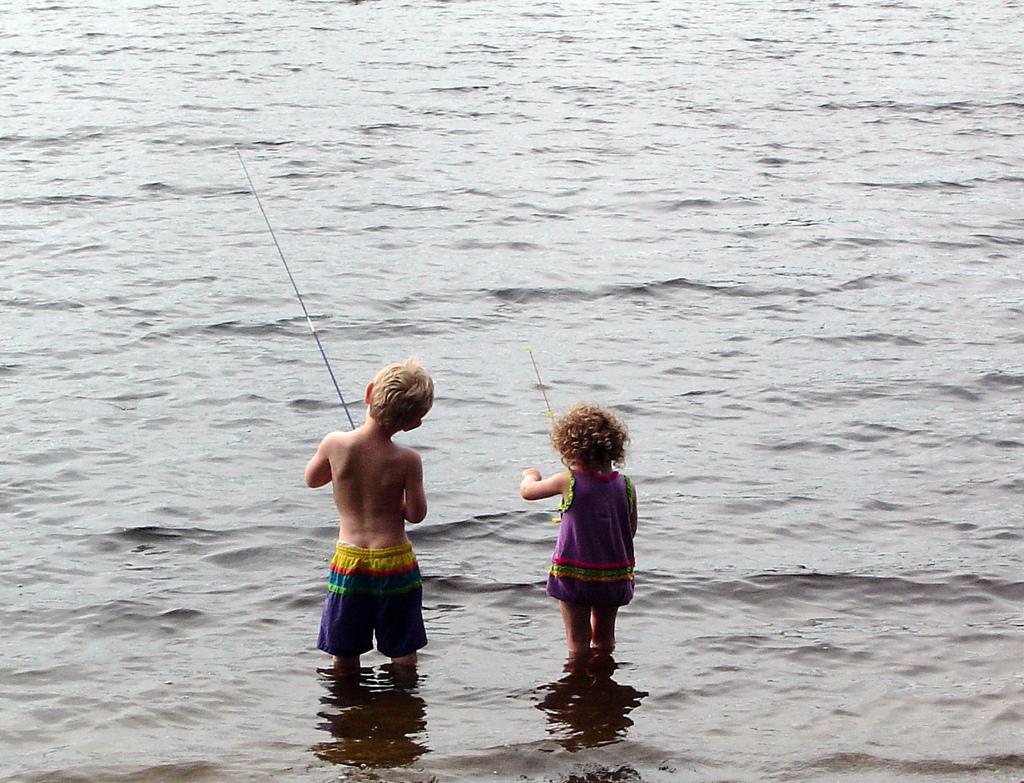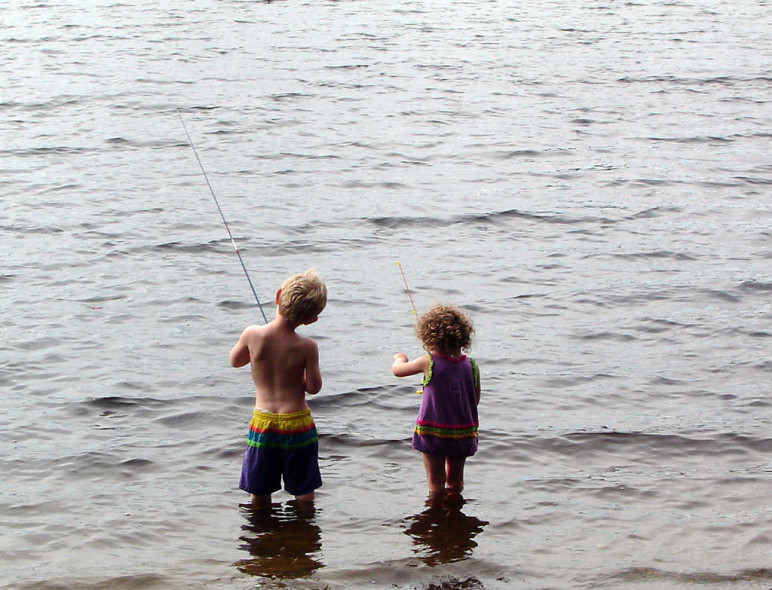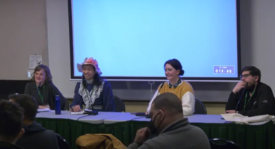Editor’s Note 11/19/15: Welcome to the Northwest’s infamous rainy season! As rainwater streams down roads and roofs, it creates a potent mixture of pollutants that travel straight into neighboring waterways. So, how can we prevent polluted runoff in this rainy region? Sightline’s bringing back the first-ever video Flashcard, which provides tips on how to talk about stormwater in just under three minutes!
How do we talk about polluted stormwater so people get why it’s important—and see what we can do to fix it?
We’re glad to report that there is quite a bit of good, local messaging research to tell us what works and what doesn’t.
Sightline has boiled down the most recent research and expert advice to five simple tips to effectively make the case for smart policies that help keep pollution and toxics out of our local waterways. Sightline’s Senior Communications Strategist, Anna Fahey, talks you through these tips in our first-ever video Flashcard.
Like all our Flashcards, it’s short—just under three minutes!
See Sightline’s full polluted stormwater runoff messaging memo here.
How to Talk About Polluted Stormwater
1. Name the real problem. The term stormwater is okay. But toxic or polluted runoff is more vivid and helps people understand the problem and the solutions.
2. Avoid jargon and acronyms. L.I.D. Huh? Try saying “development done right” or “green infrastructure” instead.
3. Keep it specific and local—Name names. Identify the pollutants and their sources (e.g. Oil from trucks). And name the familiar waterways where pollution ends up—because people are proud and protective of the places they know.
4. Emphasize win-win solutions—illustrate them with local success stories. To build interest in solutions, show how another community is cleaning up the water while tackling other priorities at the same time (e.g. flooding, job creation, puddles).
5. Make the human connection. It’s not just about ecosystems! It’s about our health and safety— clean water and safe food— and about economic vitality.
Video produced by: Meaghan Tracy, Sightline Institute










bill bradburd
As we increase the lot coverages in Seattle we continue to diminish the the natural ability to absorb stormwater runoff. The City’s “to the extent feasible” mitigation out-clause makes our challenge an up hill battle.
Rather than concentrating density in Urban Villages and higher density zones, HALA opens the door to more loss of permeability in SF zones and will further exacerbate the problem.
Expensive infrastructure projects like the Ship Canal overflow project are not a good alternative to letting nature do its thing…